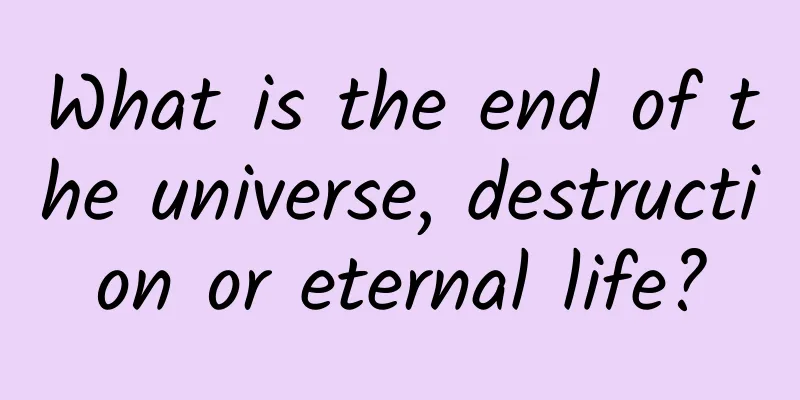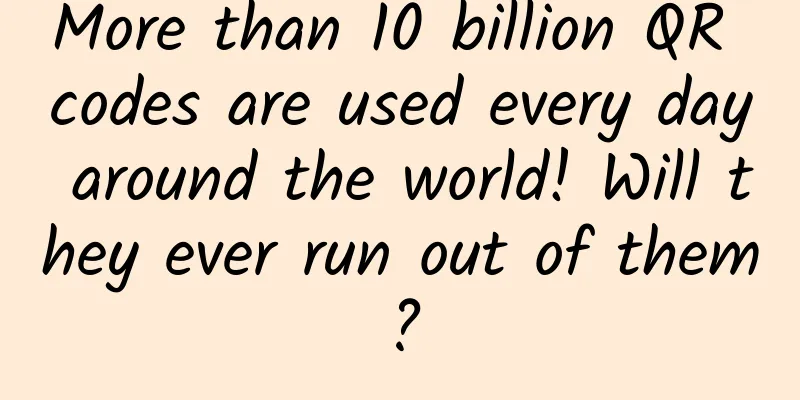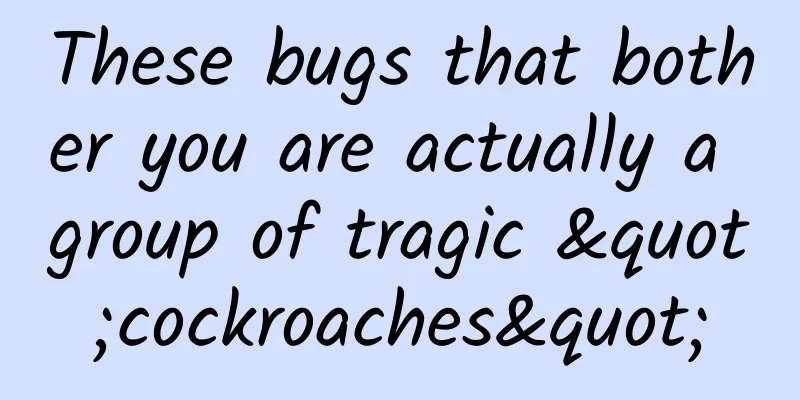What is the end of the universe, destruction or eternal life?

|
Does the universe also have an end? By flying in one direction, can we reach the end of the universe? Image credit: Sergio García Real What is beyond space? The sky above you -- or, as scientists call it, the atmosphere -- stretches about 20 miles (32 kilometers) from Earth's surface. Floating in the atmosphere is a cocktail of molecules so tiny that you breathe in billions of them with every breath. Above the atmosphere is space, so called because it contains far fewer molecules and has large spaces between them. Have you ever wanted to travel to outer space? What would you find if you went to the end of the universe? Scientists can explain a lot of what you see, but there are some things they don't know yet, like whether the universe has an edge. Planets, stars, and galaxies When you first start your space travel, you will be familiar with the scenery around you. The Earth is one of a group of planets, all of which orbit the Sun, as well as some asteroids and comets. The solar system family (Image source: NASA) The sun is just a very ordinary star. It appears larger and brighter than other stars only because it is the closest to us. To reach the next nearest star, you have to travel trillions of miles. Even if you could take the fastest space probe NASA has ever built, it would take thousands of years to get there. If stars are like houses, then galaxies are like cities filled with houses. Scientists estimate that there are about 100 billion stars in the Milky Way. If you were to look outside the Milky Way, those 100 billion stars would appear grouped together—just like looking at the city lights below from an airplane. Astronomers know that most stars have planets around them. Some are even Earth-like planets that could be home to other life. Galaxy cluster (Image source: NASA) Galaxies are usually very far apart. Most of the universe is almost empty, with only a few free molecules and mysterious tiny particles that scientists call "dark matter". With the help of giant astronomical telescopes, astronomers are able to observe millions of galaxies in the universe, and they are not completely relatively static. If you observe long enough, you will find that over millions of years, the space between galaxies has gradually increased, just like drawing black dots on a deflated balloon. When the balloon is blown up, the gaps between the black dots will gradually increase. What is the end? If you could travel in the universe forever and go as far as you want, would you always encounter galaxies of all colors? Would you encounter countless galaxies no matter which direction you go? Or does the universe actually have an end? If so, where is the edge of the universe? Most scientists have no idea about these questions. However, many people believe that the universe is infinite and has no end. This perception makes people think that if they can roam in the universe forever, no matter which direction they go, they will encounter endless galaxies. Some other scientists believe that space travel may eventually return to the starting point, that is, if you can move in the universe for a long time, then one day you will return to the starting point of your journey from another direction. This may help us understand it: imagine an ant crawling on the surface of the globe. No matter which direction it goes, it will eventually return to the starting point. If this is also true in the universe, it means that it is not infinite, although humans are still so small in front of it. Regardless of which of the above situations is the case, scientists currently still believe that it is unlikely that the universe has a boundary, because no area where galaxies stop moving has been found, nor any barrier marking the end of space has been found. The mysteries of the universe are still to be explored, and no one knows the exact answer. Whether the universe has an end still needs to be answered by future scientists. Related knowledge The universe is a unified entity composed of all time, space and everything they contain. Yu is space, Zhou is time, and it creates heaven and earth, and examines the past and present. It contains planets, stars, galaxies, interstellar space, subatomic particles and all matter and energy. Yu refers to space, and Zhou refers to time. BY:Jack Singal FY: Busy North Gate If there is any infringement of related content, please contact the author to delete it after the work is published. Please obtain authorization for reprinting, and pay attention to maintaining integrity and indicating the source |
<<: Which is heavier, the big box or the small box? 98% of people get this question wrong!
Recommend
Does privacy film really hurt your eyes?
A few days ago, a netizen said on Weibo that he h...
There are also auroras on Mercury, but they haven’t emitted light yet!
Produced by: Science Popularization China Author:...
Shocking! Secrets to "fighting monsters" in the digital age: There are so many "little monsters" hidden in network security
In this digital age, the Internet is like an invi...
Why are weather forecasts always wrong when modern science is so advanced?
Seeing that the weather forecast said there would...
After eating them for so many years, I finally realized that cauliflower, broccoli, and kale are actually brothers!
|||| Written by New Media Editor Li Yunfeng Revie...
Help! Why are ugly things favored by young people so popular?
It has to be said that the preferences of netizen...
[Qiu Ming Stock Talk] Wen Qiu Ming's Band Master Practical Class
[Qiu Ming Stock Talk] Introduction to the resourc...
Both the leaves and fruits are yellow, so why is it called “Ginkgo”?
Produced by: Science Popularization China Author:...
How did LeTV Cast break the deadlock in mobile-TV interoperability behind the surge in tens of millions of users?
“One does not know how expensive firewood and ric...
Will Relativity Aerospace be the next SpaceX?
Although the Terran-1 rocket failed in its first ...
Sexy photos will make you look silly
According to research data recently released by th...
Apple iOS 15 leak summary: In addition to new icons, new lock screen, new notifications, there are 3 major changes
If you are a qualified Apple fan, even if there a...
I read 37 blogs of Silicon Valley user growth experts and summarized these 8 key points
I have recently been following a group of growth ...
A small account with thousands of followers or a big V with millions? The key lies in these three moves!
From attracting new users to promoting activation...
Can Samsung Galaxy Tab S2 win the hearts of consumers in the face of the tablet industry's recession?
Today, the development of the global tablet compu...









